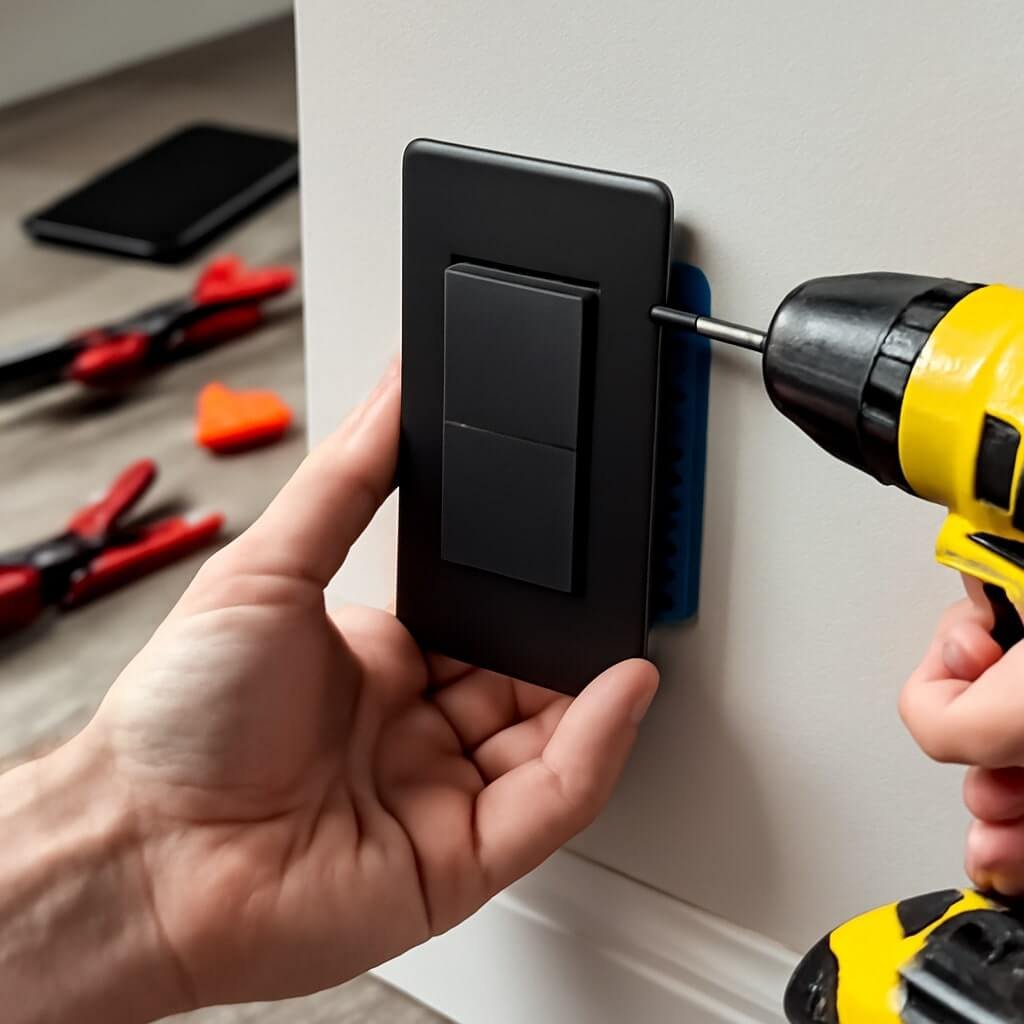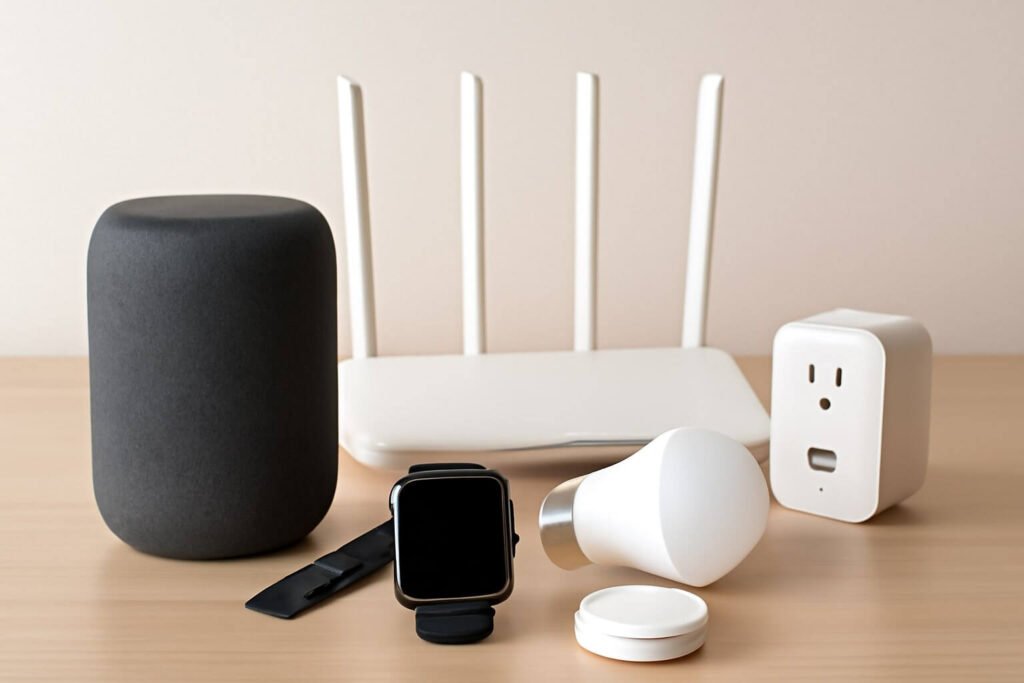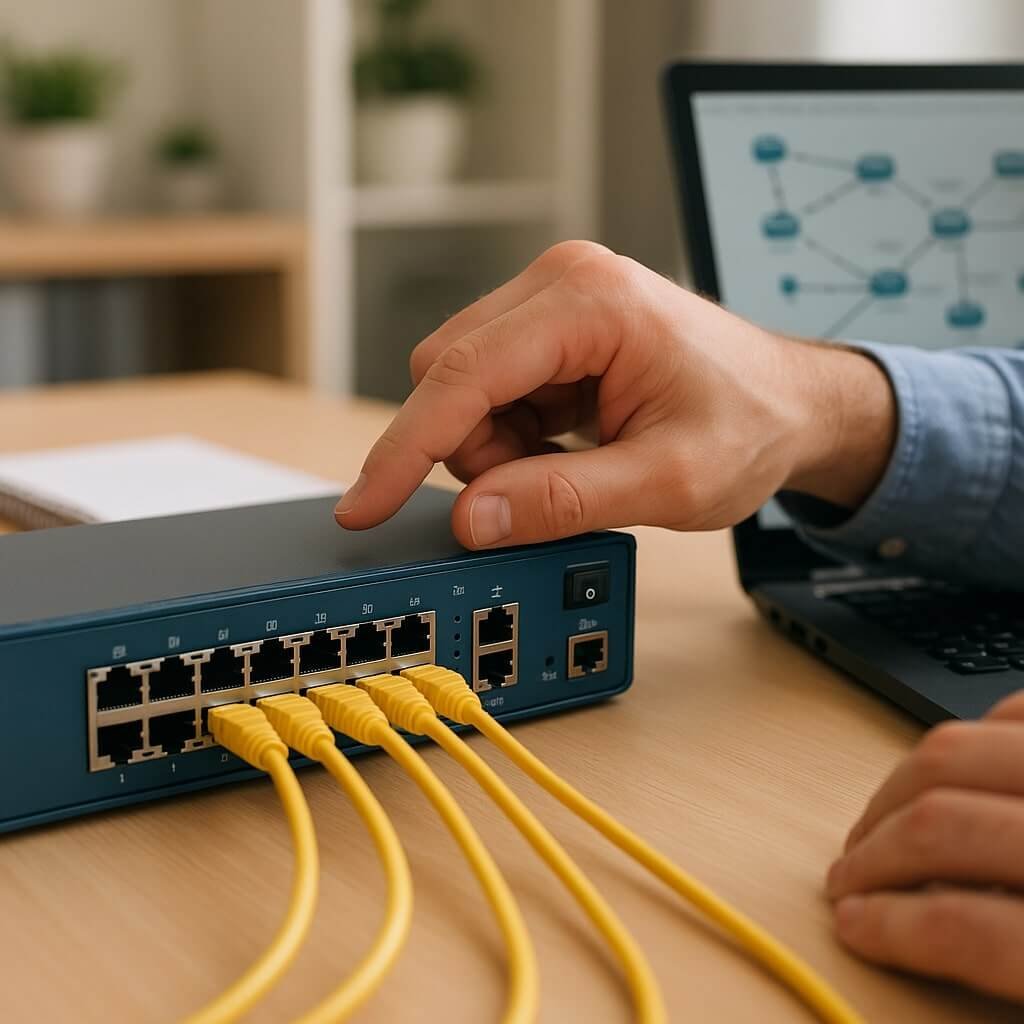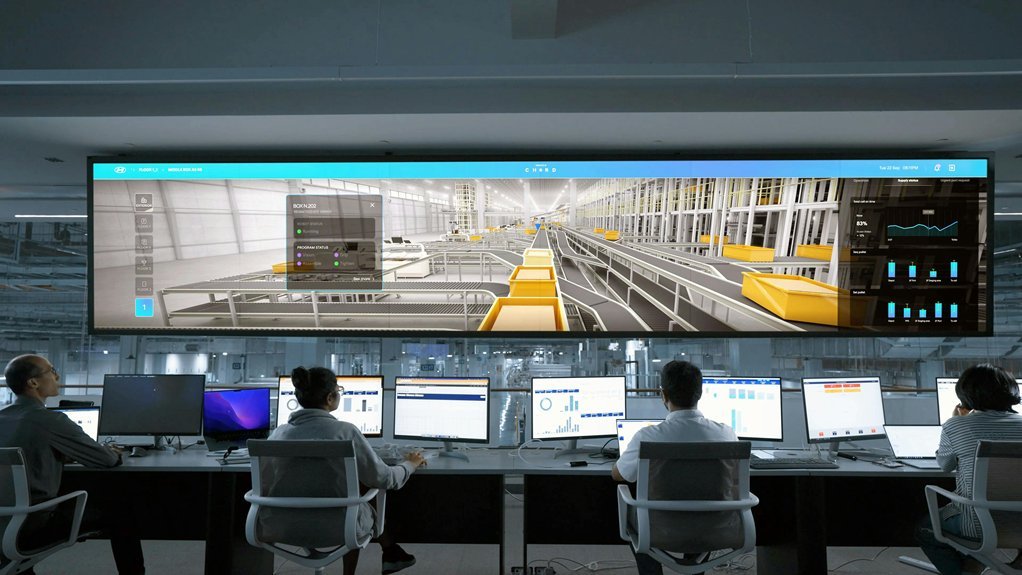Smart home devices have become increasingly popular for adding convenience, security, and energy efficiency to our daily lives. Installing these devices yourself might seem daunting at first, but with the right tips and guidance, you can easily set up your smart home system without professional help. This article offers 15 easy DIY tips for installing smart home devices that will empower you to enhance your living space confidently.
Understanding Smart Home Devices
Smart home devices are gadgets that connect to your home network and can be controlled remotely via smartphone apps, voice assistants, or automated schedules. These include smart thermostats, lights, security cameras, door locks, and more. By understanding the variety and functions of these devices, you can make informed choices about what fits your needs.
Benefits of Installing Smart Home Devices Yourself
Doing your installation saves money on professional fees and gives you hands-on experience with your devices. It also allows for more customisation and understanding of your home automation system. Plus, DIY installation can be a fun and rewarding project that adds value to your home.
Preparing Your Home for Smart Device Installation
Before you start installing, take some time to prepare your home environment.
Checking Your Wi-Fi Network
A strong and stable Wi-Fi connection is the backbone of any smart home system. Test your Wi-Fi speed and coverage throughout your home. Consider upgrading your router or adding Wi-Fi extenders to avoid dead zones that could interrupt device connectivity.
Assessing Power Sources
Most smart devices require power outlets or batteries. Check the location where you want to install devices for accessible power sources. For devices that plug in, ensure the outlets are functional and conveniently located.
Essential Tools Needed for DIY Smart Device Setup
Having the right tools on hand makes installation smoother. Common tools include:
- Screwdrivers (Philips and flathead)
- Drill with appropriate bits
- Wire strippers
- Level
- Measuring tape
- Smartphone or tablet for setting up apps
Keep these ready to avoid interruptions.
Step-by-Step Installation Guide for Common Devices
Smart Thermostats
- Turn off the power to your HVAC system.
- Remove the existing thermostat carefully.
- Label wires as per the manufacturer’s instructions.
- Attach the smart thermostat base and connect wires accordingly.
- Secure the device to the wall and restore power.
- Follow the app setup instructions to configure.
Smart Lighting Systems
- Choose between smart bulbs or smart switches.
- For bulbs, simply replace existing bulbs and connect to the app.
- For switches, turn off the circuit breaker, remove the old switch, and wire the smart switch as per the guidelines.
- Mount the switch and restore power.
- Connect and configure through the app.
Smart Security Cameras
- Select the best location for coverage.
- Mount the camera using screws and anchors.
- Connect to power (battery or wired).
- Follow app prompts for Wi-Fi setup and configuration.
Troubleshooting Common Installation Issues
- Device not connecting to Wi-Fi: Restart your router, reset the device, or check network compatibility.
- App not detecting device: Ensure Bluetooth is on and devices are in pairing mode.
- Power issues: Verify connections and power source.
Tips for Integrating Multiple Devices
To create a seamless smart home, use platforms like Amazon Alexa, Google Assistant, or Apple HomeKit that allow you to control different devices from one interface. Group devices by rooms or functions for easy management.
Maintaining Your Smart Home Devices
Regularly update device firmware and apps to improve security and performance. Clean sensors and cameras to maintain functionality. Replace batteries when necessary.
Security Tips for Your Smart Home
Secure your network with a strong password and WPA3 encryption if possible. Enable two-factor authentication for apps. Regularly monitor device access logs.
Cost-Effective Ways to Expand Your Smart Home
Start with essential devices and gradually add more. Look for combo deals or refurbished devices. DIY installation itself saves significant costs.
Future Trends in Smart Home Technology
Emerging trends include AI-powered devices, enhanced interoperability, and more energy-efficient gadgets, promising even smarter and more intuitive homes.
Frequently Asked Questions (FAQs)
1. Can I install smart home devices without technical knowledge?
Yes! Many devices are designed for easy DIY installation with clear instructions and user-friendly apps.
2. Do smart home devices require strong Wi-Fi?
Yes, a stable and strong Wi-Fi network ensures smooth device operation and responsiveness.
3. How do I secure my smart home devices?
Use strong passwords, keep firmware updated, and enable two-factor authentication where available.
4. Are smart home devices compatible across brands?
Many devices work across platforms like Alexa or Google Assistant, but it’s best to check compatibility before purchasing.
5. Can I integrate smart home devices with voice assistants?
Absolutely! Most smart devices support voice commands through popular assistants.
6. What should I do if my smart device stops responding?
Try restarting the device, resetting it, or checking your Wi-Fi connection before contacting support.
Conclusion
Installing smart home devices yourself is an achievable and rewarding task. With these 15 easy DIY tips, you can confidently transform your living space into a smart, secure, and efficient home. Remember to prepare your home, gather the right tools, follow step-by-step instructions, and prioritize security. Embrace the future of home automation and enjoy the convenience it brings!






